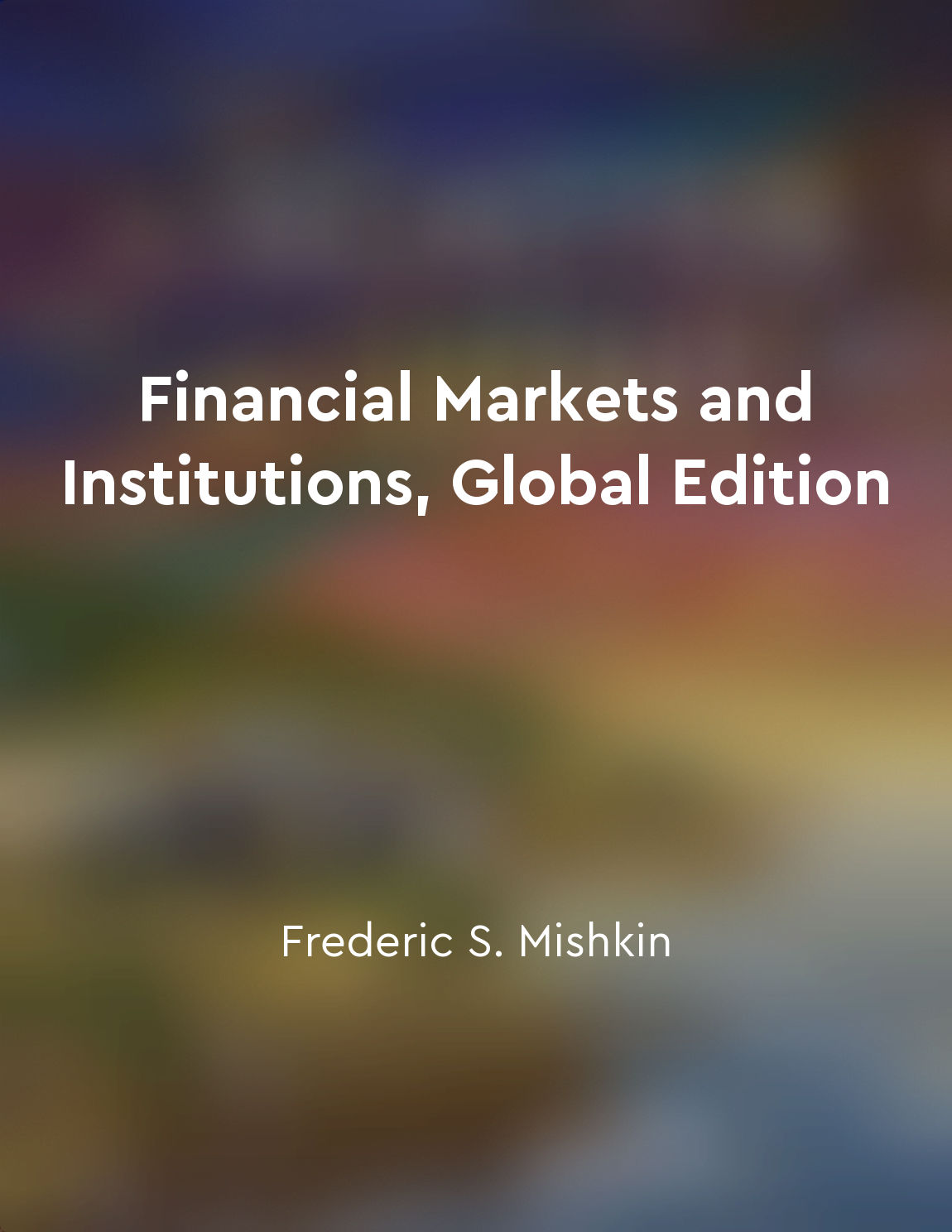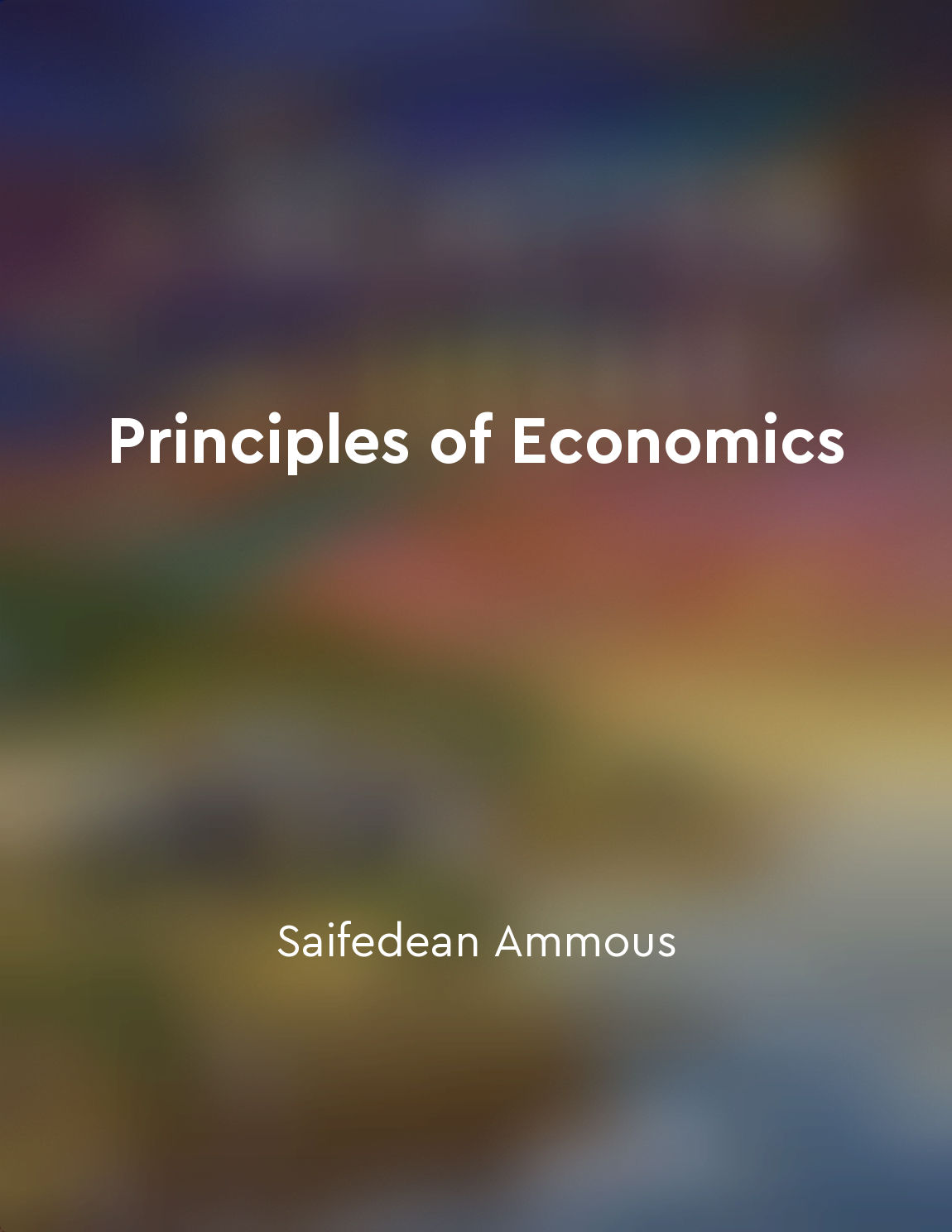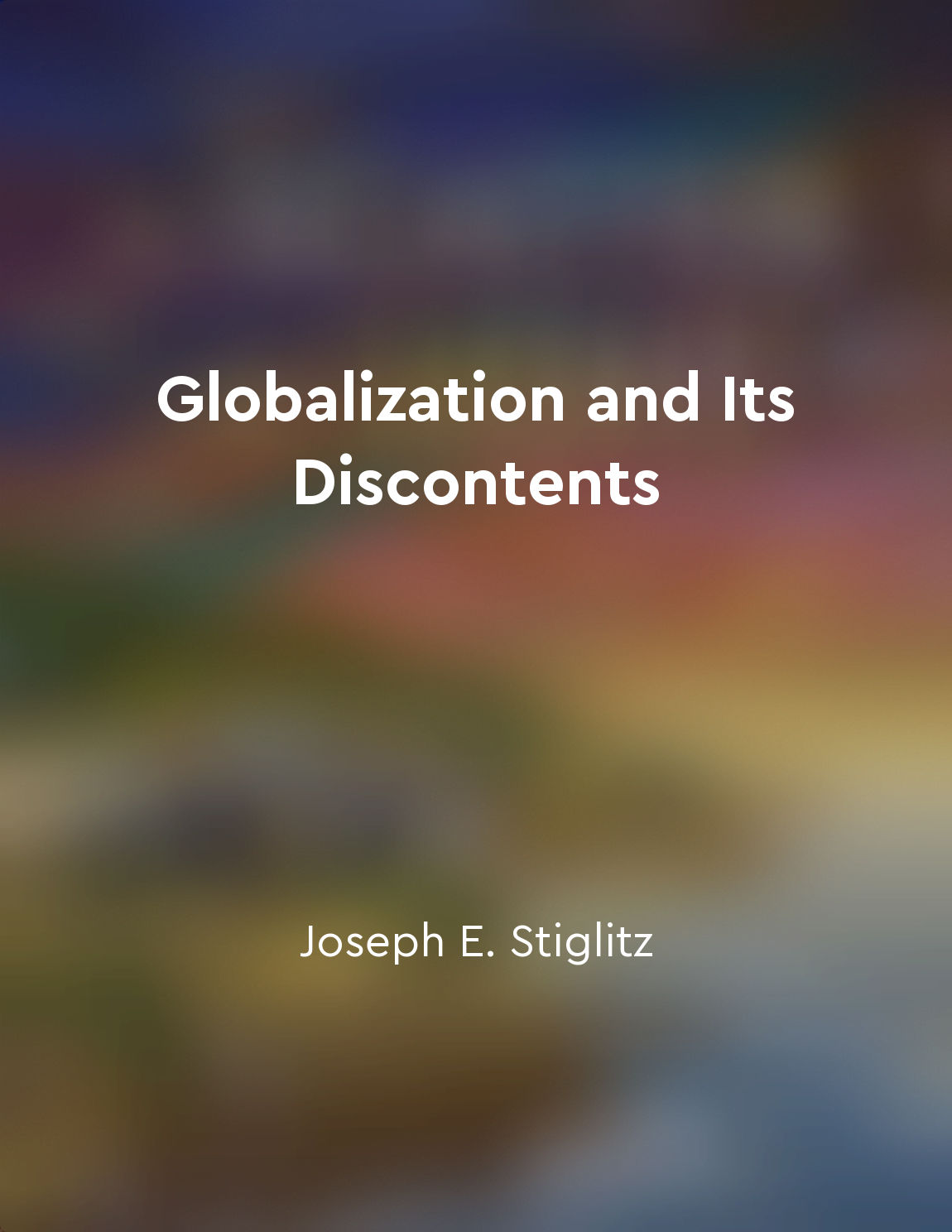Fiat money distorts interest rates, leading to malinvestment and economic crises from "summary" of The Bitcoin Standard by Saifedean Ammous
The idea that fiat money distorts interest rates, leading to malinvestment and economic crises, is a crucial aspect of the Austrian school of economics, particularly highlighted by the work of Ludwig von Mises and Friedrich Hayek. According to this view, interest rates in a free market economy are meant to serve as signals that guide entrepreneurs and investors in making decisions about the allocation of resources. When interest rates are artificially manipulated by a central bank through the expansion of the money supply, these signals become distorted, leading to a misallocation of resources. In a fiat money system, central banks have the power to set interest rates through the control of the money supply. By lowering interest rates below their natural market level, central banks incentivize borrowing and spending, which leads to an increase in investment in projects that would not have been profitable under normal market conditions. This phenomenon is known as malinvestment, where resources are channeled into unproductive or unsustainable ventures, ultimately leading to economic imbalances and crises. The distortion of interest rates also has broader implications for the overall economy. As malinvestments accumulate, they create bubbles in various sectors, such as housing or technology, which eventually burst when the underlying weaknesses of these investments are exposed. This can trigger a chain reaction of defaults, bankruptcies, and economic downturns, as seen in the housing market crash of 2008. Moreover, the misallocation of resources resulting from artificially low interest rates can stifle long-term economic growth and innovation. By encouraging short-term consumption and speculation over long-term investment and production, fiat money policies hinder the accumulation of capital and the development of sustainable industries. This can lead to a cycle of boom and bust, where periods of artificial prosperity fueled by cheap credit are followed by painful corrections and recessions. In contrast, proponents of sound money, such as the gold standard or Bitcoin, argue that a monetary system based on a scarce and immutable asset would prevent the manipulation of interest rates and promote a more stable and sustainable economy. By eliminating the ability of central banks to inflate the money supply at will, sound money advocates believe that market participants would be better equipped to make rational decisions based on accurate price signals, leading to more efficient resource allocation and reducing the likelihood of economic crises.Similar Posts

Hedge funds employ complex strategies to generate returns
Hedge funds are unique financial institutions that utilize intricate methods in order to produce profits for investors. These f...

Specialization increases productivity
Specialization refers to individuals or firms focusing on a specific task or activity, rather than trying to do everything them...

The labor market is a key driver of economic performance
The labor market plays a crucial role in shaping the overall economic performance of a country. It serves as a barometer of the...

Financial institutions face challenges in managing risks
Managing risks is a critical aspect of the operations of financial institutions. These institutions are exposed to various type...
Financial euphoria is fueled by the belief in perpetually rising asset prices
The notion that asset prices will always go up is a powerful and dangerous force in the world of finance. It can lead investors...

Developing countries should have a greater say in global economic policies
It is imperative to address the issue of developing countries having a limited voice in global economic policies. The current s...
